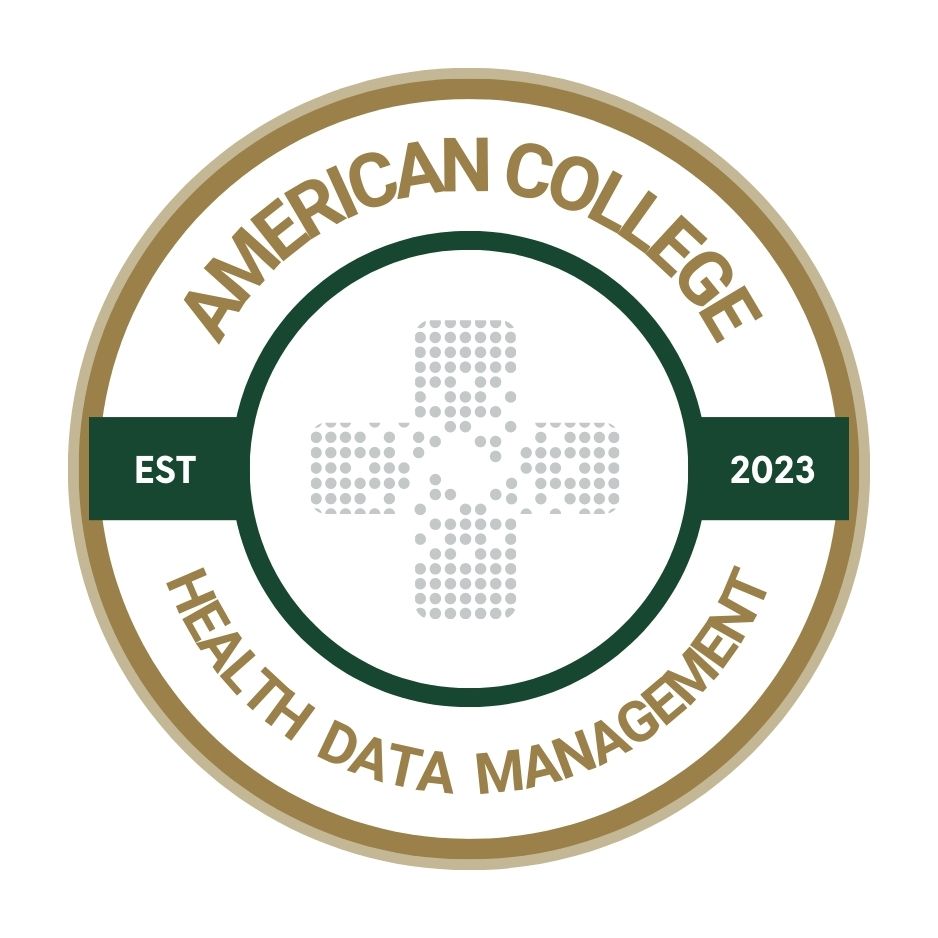How compliant clinical data exchange aids both payers and providers
Better cooperation can help close gaps, improve quality of care and build crucial trust relationships between the sectors.

In their interactions with providers, payers have a realistic and straightforward clinical data “wish list.” The good news is that there’s great opportunities for alignment, because providers will find that payers’ wishes mirrors their own desires.
This article will share three specific health plan requirements of their providers’ clinical data. It follows in sequence two articles I’ve previously written.
Part one of this series described important technology options for payers to access and aggregate clinical data across their provider partners. Payers need clinical data to better manage members, ensure quality and comply with regulatory reporting requirements. Hurdles remain despite decades of interoperability progress.
The second article took a deeper dive into the Fast Healthcare Interoperability Resources (FHIR) standard, the newest interoperability standard to facilitate clinical data exchange between payers and disparate providers. Benefits of FHIR include: smoother interoperability, standardized requests, digitized and validated data retrieval and supported regulatory compliance.
So here’s where providers and payers paths can merge.
Close gaps: Fix data complexity, silos and disconnected tools
Payers struggle with receiving member data across a wide network of healthcare providers and in various formats. Hospitals, clinics and physician practices all have multiple and disparate electronic health records systems, leading to data gaps, inconsistent processes and duplicate member information.
Interoperability and health information exchange (HIE) advancements have eased these challenges somewhat, but not completely. For example, the volume of clinically relevant patient information still received from providers via fax or in other unstructured formats remains an administrative burden for health plans and providers alike.
Data gaps cause particular concern as payers work to comply with new regulations and quality reporting requirements, including risk adjustment.
CareFirst BlueCross BlueShield, a large Baltimore-based health plan, recognized the complexity of aggregating member information in 2023 and worked to establish a clinical data exchange network with each of its providers. A single technology platform aggregates data for more than 200 of the plan’s regional providers, spanning 44 EHRs, including data on 1.2 million CareFirst members.
Turnaround time for the plan to receive providers’ information has been reduced from weeks and months to 24 hours. Additionally, CareFirst now saves 17,000 staff hours for quality reporting every year.
Improve quality: Paint accurate pictures of members’ healthcare
Health plans can’t compromise data quality as they take steps toward advancing interoperability and closing data gaps. Clinical data received from providers must be accurate, complete, timely and relevant. Data corrections take time and are never timely enough for important business needs.
Payers also need the full, complete picture of a member’s health. Current key health indicators, such as blood pressure or heart rate, are often missing, resulting in insufficient data yield for payers’ needs. More comprehensive, timely, higher-quality data about members is essential.
Our work with payers often finds clinical data inaccuracies such as codes missing from the chart; the inability to document and add values for certain information; dates of screening measures and tests are inconsistent and potentially inaccurate; and non-standard coding is used when standard coding rules should apply.
One way for payers to assess a vendor’s data quality capabilities is through NCQA’s Data Aggregator Validation (DAV) certification. According to NCQA, data streams that earn validation undergo a rigorous, end-to-end examination of the quality and integrity of data and the procedures used to manage and safeguard it.
From ingestion of the data at provider sites and other primary sources through transmission to payer teams, DAV verifies adherence to NCQA process, system and data standards. DAV certification also provides assurance of data quality while reducing the burden on payers and providers to associate primary source verification.
Build trust: Find new ways to collaborate and share data
Trust is built whenever health plans can work collaboratively with providers to streamline care for all patients by driving efficient back-office processes, speeding up approvals through automated patient data exchange. Furthermore, both parties need data and transparency to achieve value-based goals and reduce audit risks.
Here are three tips for payers to consider throughout this journey.
Health plans resort to taking whatever data they can (via HIEs and other conduits) when their provider relationships deteriorate. But this approach leads to disconnects and privacy concerns, furthering the breakdown of trust.
Instead, health plans should seek new ways to automate compliant clinical data exchange. In doing so, both parties advance their organizations to more fully realize value-based goals and deliver better patient care.
Anthony Murray is chief interoperability officer for MRO, an industry leader in clinical data exchange. He also has served as chief information security officer and vice president of information technology for the company.
